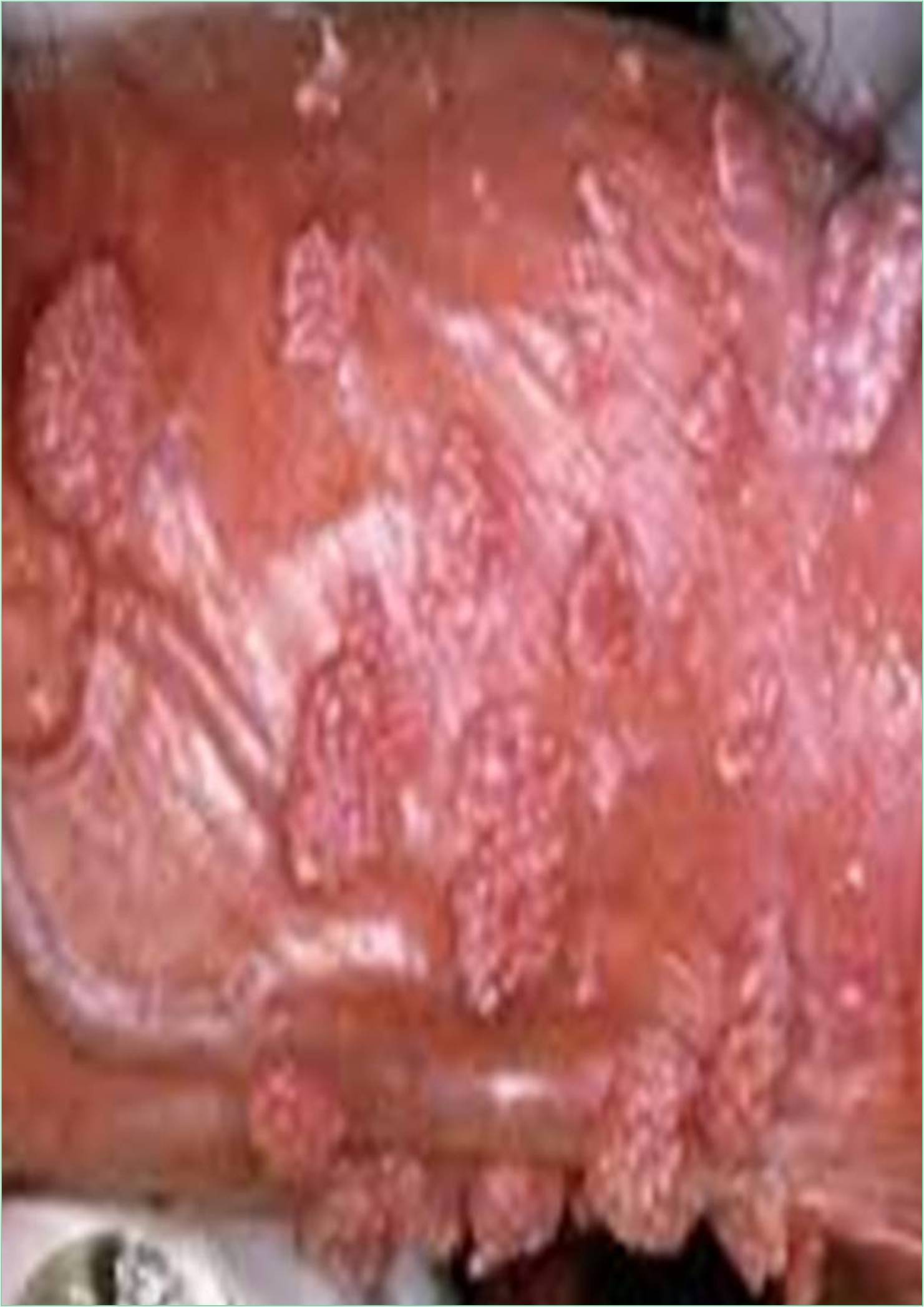



Received: 01-Feb-2022, Manuscript No. GJV-22-59437; Editor assigned: 03-Feb-2022, Pre QC No. GJV-22-59437(PQ); Reviewed: 17-Feb-2022, QC No. GJV-22-59437; Revised: 21-Feb-2022, Manuscript No. GJV-22-59437(R); Published: 28-Feb-2022, DOI: 10.35841/GJV.22.10.017
Herpes simplex virus types 1 (HSV1) and 2 (HSV2) can cause illness at any age. It is generally believed that HSV1 is transmitted primarily by contact with infected oral secretions and HSV2 is acquired primarily by contact with infected genital secretions. However, in some older adolescent and young adult populations, HSV1 accounts for the majority of the first episode of genital HSV infection. In the United States, adolescent HSV-1 seroprevalence reaches 30%. Seroprevalence is higher in children living below the poverty line, non-Hispanic black children, and children born or of Mexican descent. The serum prevalence of HSV-1 is approaching 60% in the elderly. The HSV2 seroprevalence before the onset of reported sexual activity is low (approximately 2%). Increased to 20%-26% in adults aged 30-49 years, higher in non-Hispanic blacks, women with multiple sexual partners and early onset of sexual activity, women, and people living below the poverty line. In young adolescent girls, a long history of sexual activity and another sexually transmitted disease were associated with HSV-2 seropositive within the last 6 months. These epidemiological data indicate that children are at significant risk of primary infection or reactivation with HSV-1 and / or HSV-2 throughout childhood and adolescence. Age-specific seroprevalence of both HSV types is high in many developing countries. Infants are usually infected with HSV-1 through the oral secretions of caregivers and playmates. This is rarely the result of contact with active herpes lesions. Infection is most often due to exposure to HSV, which is asymptomatically released into the saliva of the separation membrane contactor.
Salivary excretion of HSV detected by the polymerase chain reaction (PCR) is common in HSV-1 serum-positive adults (9%-30% of days). Elderly people who avoid infection during childhood or adolescence also become infected with HSV-1 through exposure to infected saliva. Because HSV-2 is a sexually transmitted disease, it is more likely to be transmitted in adulthood or adolescence than in childhood. Genital excretion of HSV-2 by non-HIV-infected women is common (19% of days), as detected by PCR. Both types of HSV can be transmitted through oral-oral, oral-genital, and genital-genital contacts. Oral HSV clearance generally lasts longer in infants. Oral and genital HSV excretion occurs more frequently in the immediate vicinity of the first episode of infection and in HIV patients. HSV infection can be transmitted as a neonatal infection, primarily by contact with HSV-infected maternal fluid during vaginal delivery. In rare cases, an intrauterine infection can occur. New borns rarely infected by oral secretions from adult caregivers. The risk of transmitting HSV during childbirth is about 1% in pregnant women with distant primary HSV infection, but the risk is much higher in infants born to women with fresh HSV infection (range: 30%-50%). Prenatal maternal HSV antibody status appears to reduce the likelihood of transmission to infants and the severity of neonatal transmission. Genital outflow from the presence of HSV and foetal scalp monitoring electrodes during childbirth increases the risk of infection, as well as long-term rupture of the membrane (>6 hours), probably due to an increased HSV infection from the cervix. Importantly, new born mothers with active HSV disease often have no history of previous genital HSV infection or previous genital lesions because the maternal infection is often asymptomatic.
Co-infection with HSV in pregnant women with HIV is not uncommon because both viral infections share a common risk factor (race, socioeconomic status, and number of sexual partners). Genital HSV-2 was detected by PCR in 23%-31% of HSV serum-positive women with HIV at birth, compared to 9%-12% of HSV serum-positive pregnant women without HIV. Removal is maximal if the number of CD4 T lymphocytes (CD4) is low and / or if the patient has not received ART. However, there is no evidence that foetal HSV infection in utero is more common in pregnant women co-infected with HIV / HSV-2, or that infants born to these women are at increased risk of perinatal HSV infection. .. In the general population, the HSV infection rate for new born is 1 in every 2,000 to 10,000 births, indicating that neonatal HSV is rarely observed in clinics that care for co-infected pregnant women. Many studies have shown that co-infection with adult genital HSV-2 is associated with increased titres of HIV RNA in plasma and genital secretions. HSV-2 seropositive increases the risk of HIV transmission to sexual partners, even in the absence of genital ulcer disease. Three studies suggest that co-infection with maternal HSV-2 increases the risk of HIV transmission during labour.
Clinical Symptoms
In most immunologically competent children outside the neonatal period, HSV infection causes minimal signs and symptoms and is often not perceived as a disease in itself. Up to one-third of all immune-competent children can develop the characteristic herpes labialis syndrome, usually due to HSV1 infection. HSV viremia occurs in about one-third of patients with primary herpetic stomatitis. In addition, HSV is a common cause of severe retro-pharyngitis in older children and adolescents. Children with advanced HIV infection may have a primary infection with multiple lesions that are atypical in appearance and slow to heal. Disseminated HSV with visceral and systemic skin lesions rarely occurs in HIV patients. In both healthy and HIV children, a small number of recurrent perioral or perinosal infections that heal intermittently and rapidly throughout life can occur, but patients with AIDS frequently relapse. There is a risk of severe ulcer disease and symptoms similar to those of the primary illness. The disease may be associated with HSV infection. Children infected with HIV may also have prolonged HSV excretion after both primary and reactivated infections. Persistent skin HSV infections and organ lesions are states of AIDS indicators. However, these diseases are rare in children living with HIV at the age of ART, with a recorded incidence of systemic HSV of only 0.30 per 100 children per year.